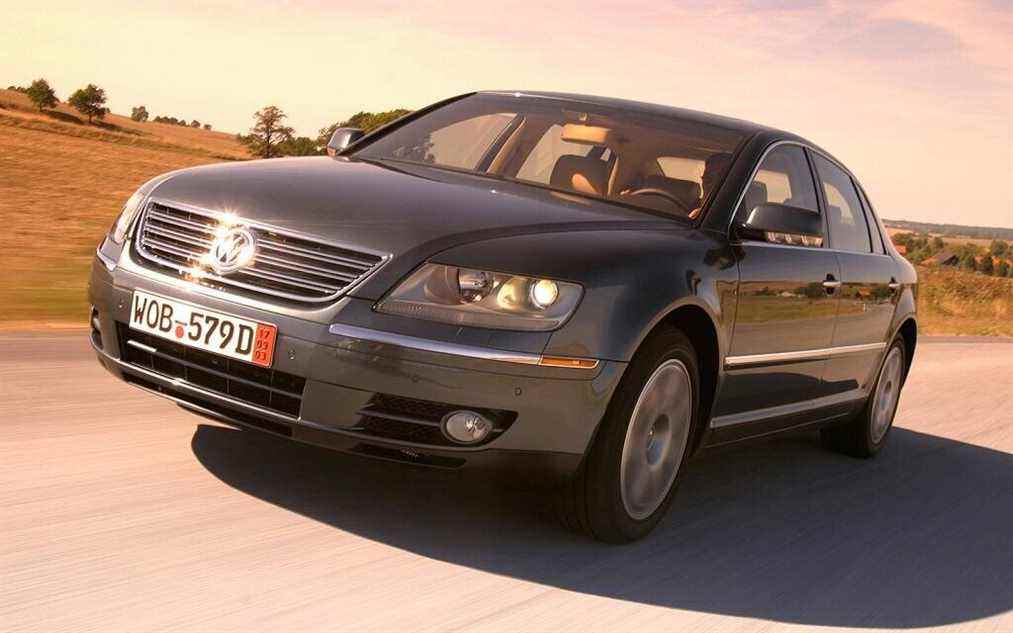This car is the vision of one man, of one. He wanted it to be the best car ever made. In the end, it will be a resounding failure and will cost Volkswagen a fortune.
Bulldog
It is one of the nicknames of this man. Ferdinand Piëch is the grandson of Ferdinand Porsche, designer of the VW Beetle and the nephew of Ferry Porsche, founder of Porsche. An engineer by training, he is notably the creator of the Porsche 917 and the Audi Quattro. President of Audi from 1988 to 1992, he became president of the Volkswagen group on January 1, 1993.
At this point, the group is on the verge of bankruptcy. He will achieve a spectacular turnaround. A gifted engineer, he leads by terror and is extremely demanding with all his collaborators. Hence his nickname… Rule number 1: we never, ever, dispute Ferdinand Piëch. Rule number 2: if Piëch is wrong, see rule number 1.
Photo: Göran Wink / Scania CV AB
Upmarket
In the second half of the 90s, Mercedes and BMW began to go downmarket and walk on Volkswagen’s flower beds. Piëch is particularly furious at the launch of the A-Class at the 1997 Frankfurt Motor Show. “Well if that’s how it is, Volkswagen will compete with Mercedes! ” he says to him. Thus began the plan to move upmarket, literally called the “people’s car”, accompanied by the takeovers of Bugatti, Lamborghini and Bentley in 1998.
The first sign of this rise is the launch of the Passat B5 W8 in 2002 with its 4-liter W8 engine developing 275 horsepower (the W-engine is by the way an idea of Ferdinand Piëch himself). The car will be a flop with less than 11,000 sales in 3 years and the W8 will not be used by any other model of the group. Dry losses! Then, Piëch wants to compete with the S-Class even if, for that, there is already the Audi A8. See rule number 1.
An engineering marvel
Then begins a pharaonic development plan for the VW611 project, which will become the Phaeton: new platform, new technologies and new factory. It is said that the program would have cost a billion euros. Piëch wants the absolute top for “his” Phaeton and sets a list of 10 engineering criteria deemed impossible for his design. Seeing her, half of the engineers would have come out of the room in shock.
Only one criterion has been made public: the ability to drive all day at 300 km / h with an exterior temperature of 50 degrees while maintaining a constant interior temperature of 22 degrees. It doesn’t matter if the Phaeton is electronically limited to 250 km / h… See rule number 1. A new platform, the D1, will be developed and, to cushion costs, it will be shared with the Bentley Continental GT and Flying Spur future. It must offer exceptional torsional rigidity to improve comfort and handling. Ultimately, the Phaeton will expect the figure of 37,000 Nm / degree (by comparison a Porsche 911 Turbo 996 from the same era is at 27,000 Nm / degree).
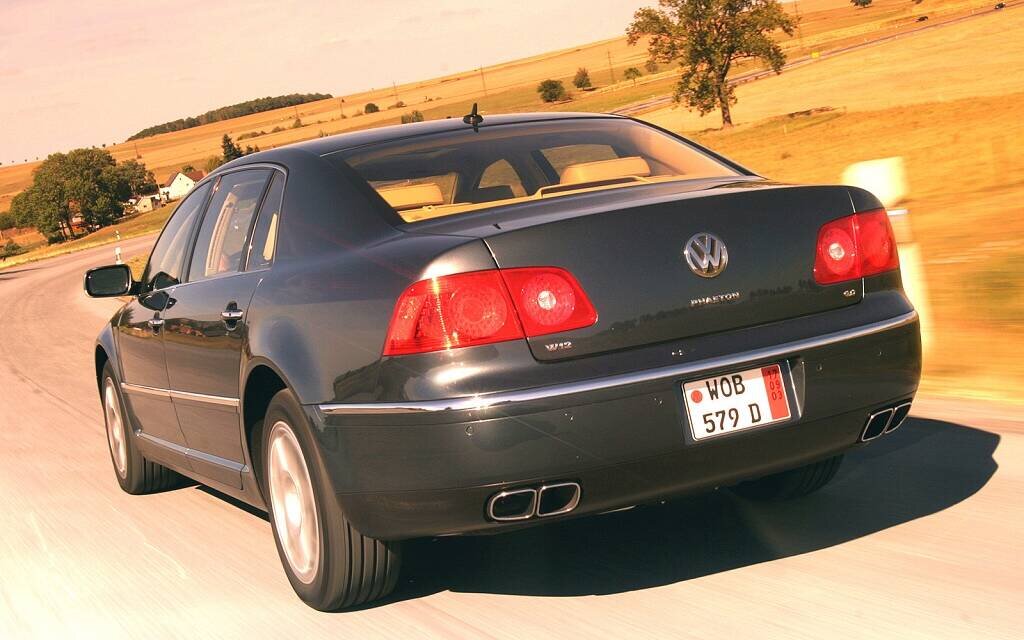
Photo: Volkswagen
We must also add a new electronically controlled air suspension, a Haldex type all-wheel drive, front and rear parking radar and air conditioning comprising no less than 24 servomotors to regulate the temperature without the slightest draft as well as a dehumidifier to prevent fog on the windows. The design of the Phaeton will lead to the filing of more than 100 patents.
Glass factory
For a luxury car, you need a luxury setting. This will be the new factory in Dresden, formerly East Germany, known as “the glass factory”. Unlike traditional production sites, the Phaeton is built in a factory that is quiet, clean, and full of natural light. The robotic conveyors move on a Canadian maple floor, the workers are dressed in white and there are only 3 robots, just to underline the quality of the work by hand. But there is a trick. In order to eliminate noise and odors, the sheet metal work (pressing, welding, painting) is carried out at the Zwickau plant, located 100 kilometers away, and the engines are assembled at the Györ site in Hungary (except the W12 , which is produced in Salzgitter, Germany).
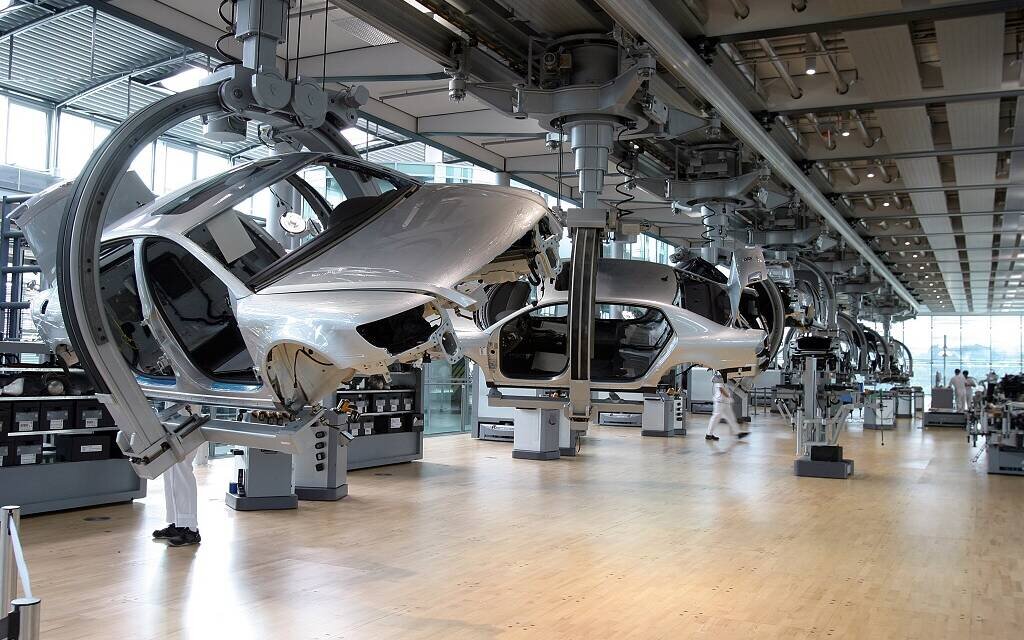
Photo: Volkswagen
The glass factory is also used as a place of culture with the organization of concerts while customers can come directly to pick up their cars after a short tour of the assembly line (the staff are trained to speak to the public). The production capacity is 20,000 cars per year, with the possibility of going up to 35,000 if demand is high.
High expectations
A first draft was shown at the 1999 Frankfurt Motor Show in the form of the Concept D, a hatchback with a V10 TDI. The final version was presented at the 2002 Geneva Motor Show. The Phaeton is available in V6 (3.2 liters, front-wheel drive), V8 (4.2 liters, 335 horsepower, 6-speed automatic transmission, all-wheel drive) and W12 (6 liters , 420 horsepower, 5-speed automatic transmission, all-wheel drive) as well as with two wheelbases (2.88 or 3 meters).
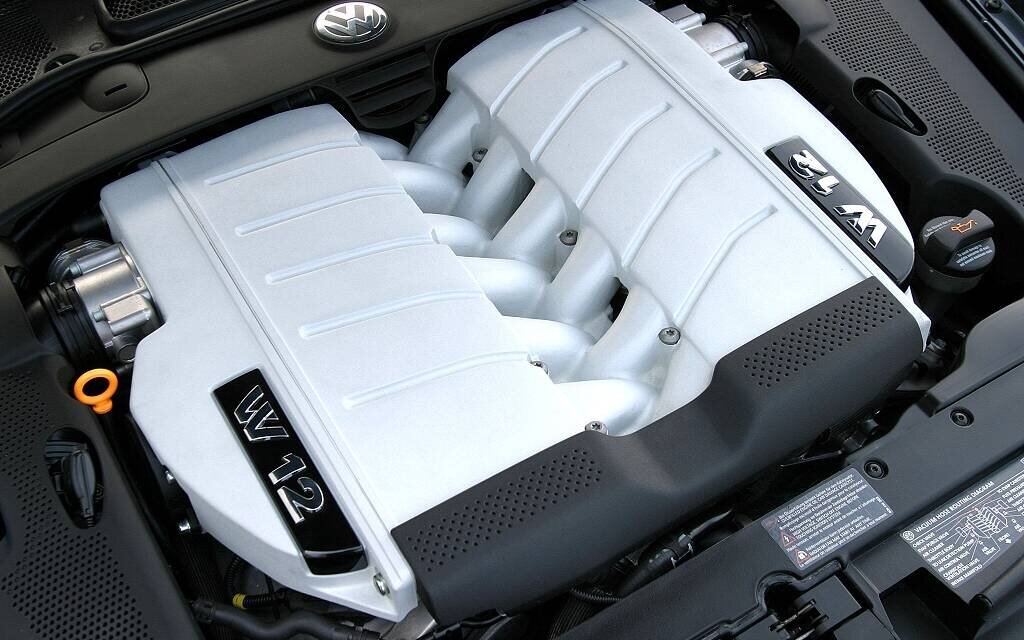
Photo: Volkswagen
A year later followed a V10 turbo diesel (5 liters, 313 horsepower, 6-speed automatic gearbox, all-wheel drive) then, a year later, a turbo-diesel V6 (3 liters, 225 horsepower, 6-speed automatic gearbox, all-wheel drive). The interior is stretched with the best leathers, woods and plastics. The driver’s seat offers up to 18 adjustment possibilities, the rear passengers can benefit from a central console and everything is done to be able to maintain a conversation at 250 km / h without having to raise your voice.
However, customers are not jostling in Europe, except in Germany where sales are just decent. Whatever, Volkswagen is counting a lot on the North American launch in the 2004 vintage, where the brand estimates that it can sell 4,000 to 5,000 copies per year. North America is only entitled to long versions and to V8 and W12 engines. There are plans to add the V10 TDI later.
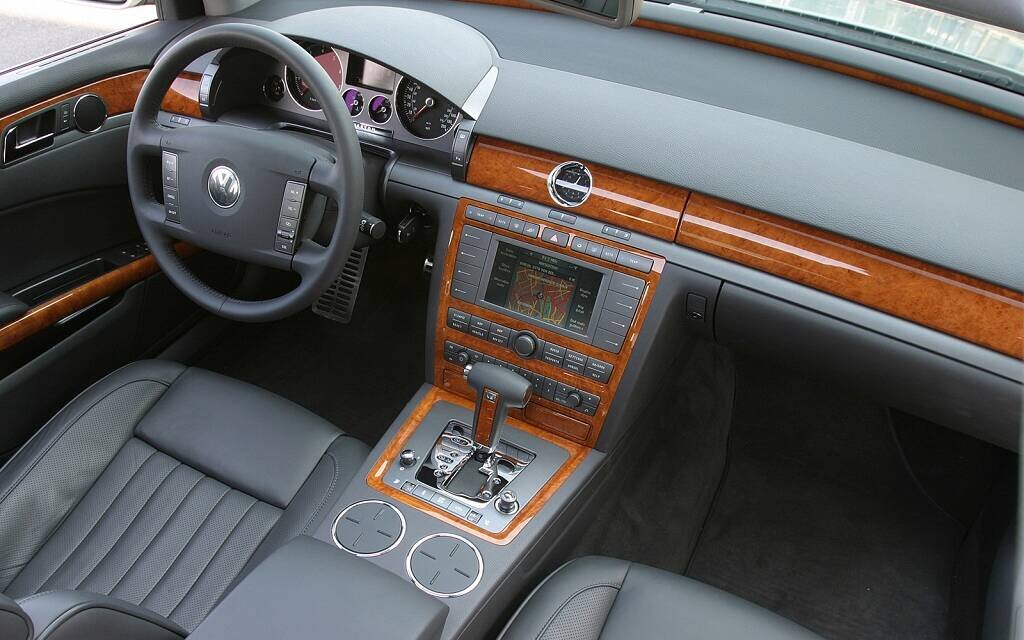
Photo: Volkswagen
Let’s look at US sales for 2004 in the premium sedan segment: 32,373 Lexus LS, 20,460 Mercedes S-Class, 16,155 BMW 7-Series, 5943 Audi A8 and… 1939 VW Phaeton. In Canada, it’s worse: barely 93 copies for the year. Canadian prices are $ 96,500 for the V8 and $ 119,500 for the W12. In November 2004, Axel Mees, the director of Audi USA, publicly criticized the launch of the Phaeton. He was fired the next day. See rule number 1.
American sales fell so quickly that the Phaeton was withdrawn at the end of the 2006 vintage after only 3354 registrations in 3 years… at the cost of, sometimes, generous discounts.
The beginning of a long end
Is this then the end of the Phaeton? Not at all! Ferdinand Piëch has not been CEO of Volkwagen AG since 2002, but is still chairman of its supervisory board. And so, the Phaeton continues … in ever greater anonymity. It benefited from minor restyling in 2008, 2011 and 2014, in particular to bring the engines, infotainment systems and driving aids up to standard, the aesthetics only changing very little.
Piëch was finally pushed out in 2015 and production of the Phaeton stopped on March 18, 2016, after only 84,253 copies in 15 years (annual sales will never exceed 6,000 copies worldwide). Its most popular markets have been China (where VW has an excellent reputation), South Korea and Germany.
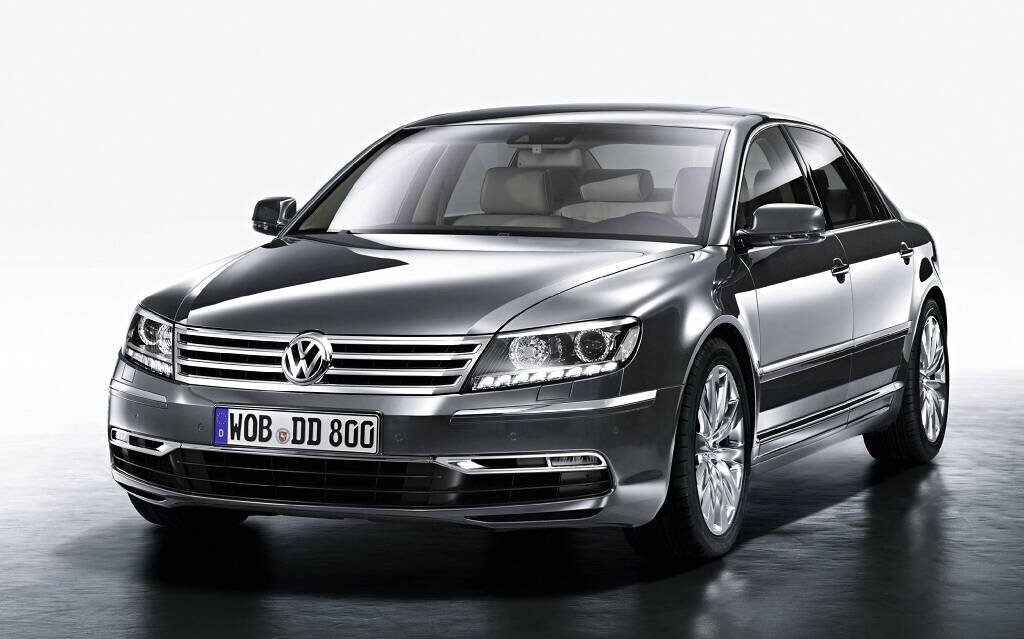
Photo: Volkswagen
If the Phaeton was an exceptional road, equipped with equipment and comfort of the highest level, it suffered from a styling too close to the Passat (both were designed under the direction of Hartmut Warkuss), d ‘a non-existent brand image, dynamic qualities less than those of the Audi A8 (which offered a weight advantage of nearly 300 kilos thanks to its aluminum construction) and a network not prepared to sell it.
In 2014, the analysis firm Bernstein Research had calculated that Volkswagen lost 28,000 euros per copy sold, or more than 2 billion euros (or nearly 3 billion Canadian dollars) over the life of the model. From day one, everyone at Volkswagen understood that the Phaeton was going to lose money, but you know what they say: see rule number 1!
